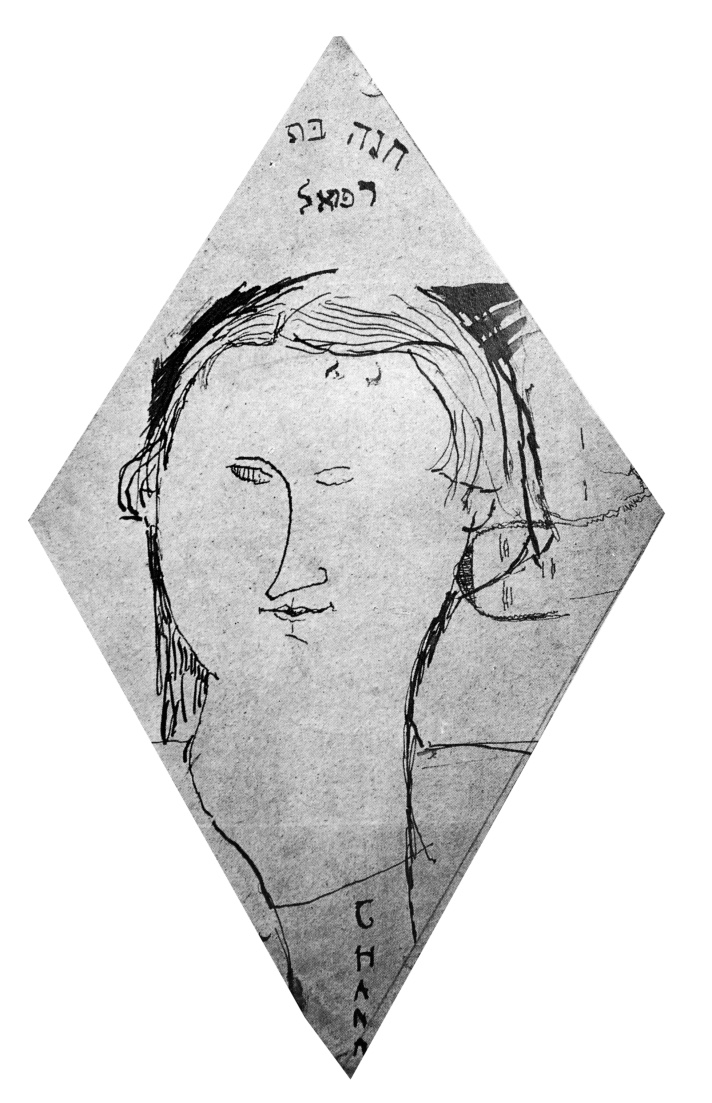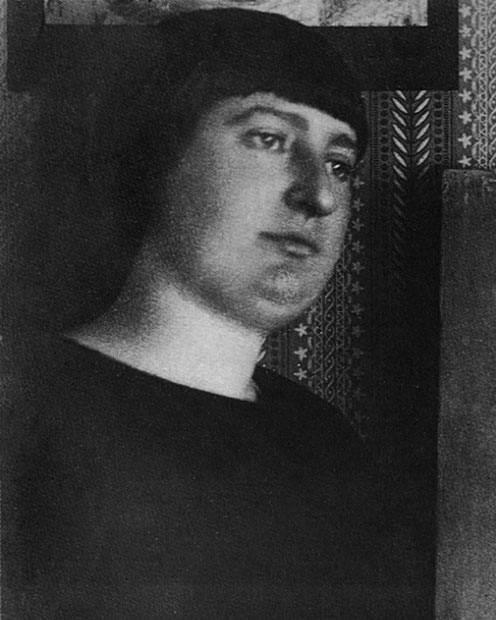Elie NADELMAN
January 5, 2019Mordechai Perelman
January 5, 2019Chana ORLOFF
CONSTANTINOVSKA (UKRAINE) 1888 – TEL AVIV 1968
Chana Orloff was born in Ukraine. She had eight brothers and sisters. Her father was a primary school teacher who had to work as a shopkeeper due to anti-Jewish laws. In 1905, the Orloff family escape from the pogroms and moved to Petah Tikva, the first Jewish colony in Palestine. When they arrived in Palestine, the father became a farm worker while Chana Orloff worked as a dressmaker. She arrived in Paris in 1910 and worked for the designer Jeanne Paquin, who encouraged her to develop her artistic talent. Chana Orloff enrolled in the Ecole Nationale des Arts Décoratifs and later studied sculpture at the Russian Academy in Montparnasse. She made friends with numerous artists such as Picasso, Foujita, Rivera, Soutine, Pascin and Zadkine.
In 1912, she introduced Jeanne Hébuterne to Modigliani. The latter drew her portrait. At the top of the diamond-shaped paper, he wrote in Hebrew on an unfolded envelope “Chana, daughter of Raphaël.” In 1916, she exhibited for the first time alongside Matisse, Van Dongen, and Rouault at the Galerie Bernheim-Jeune run by the art critic Fénéon.
In 1917, she married the poet Ary Justman who died two years later, after being enlisted in the army at the end of World War I. Chana Orloff remained alone with her one-year-old son. She worked a lot and developed recurrent themes in her work (motherhood, animals…). Thanks to her friends Edmond and Madeleine Fleg, she mixed with the Parisian elite and drew and painted the portrait of many personalities. In 1923, she sculpted the portrait of Ida Chagall. In 1925, she acquired French nationality and was decorated with the Legion of Honor. The same year, she had a studio-house built Villa Seurat in Paris. This place stayed intact and can be visited. In 1927, Édouard Des Courières wrote the first monograph on Chana Orloff. In this work, Chana Orloff answers the author’s questions: “Listen for a moment to the voice of the sculptor. “First of all I am attracted by the decoration aspect, the plasticity if you like and the personality. I want my work to be as alive as life itself [...] “I start by making several drawings of the model in great detail, and then I can begin the sculpture. I release the model because it is no longer needed [...] “Contemporary sculptors that I admire? Maillol for his beautiful forms, Pompon too. I don’t believe it is possible to go further than Pompon in the direction he has developed […] “Painters? Picasso is so exceptional, and Braque has so much true greatness. Segonzac, so powerful, Moreau and his wonderful line, Pascin, so subtle […] “The greatest artist today is perhaps Chaplin, this magician who helps us forget everything. Isn’t it wonderful to live in the time of this man?” She frequently traveled to Israel and the United States. In
1930, the mayor of Tel Aviv, Meir Dizengoff, visited her in her studio in Paris. They talked about the creation of the Tel Aviv Museum. In 1935, her first exhibition at the Tel Aviv Museum was a resounding success. In 1937, she participated in the exhibition “The Masters of Independent Art” at the Petit Palais in Paris. Following the exodus movement in 1940, she returned to Paris with her son. Chana Orloff continued to work despite the difficult conditions of the Occupation. In December 1942, she was warned that her arrest was imminent. She took refuge in Switzerland with her son and the painter Georges Kars, who committed suicide after the war. In Geneva, she continued to work thanks to her friends. They lent her a studio and materials and commissioned her to produce portraits. Between 1942 and 1945, she created more than fifty sculptures.
In 1945, an exhibition on her work took place at the Galerie Moos in Geneva. Following the Liberation, she returned to Paris. She found her house and studio ransacked and her sculptures destroyed. From 1949, she often traveled to Israel. That same year, she produced the bust of David Ben Gurion. Chana Orloff won recognition as many exhibitions and retrospectives were held in Europe, Israel, and the United States. In the 1950s-1960s, she was commissioned to produce several monuments tied to the history of the state of Israel. In 1968, she died in Tel Aviv, when she was visiting Israel on the occasion of an exhibition at the Tel Aviv Museum. (Quotation translated by Brad Scott).
Stories of Jewish Artists of the School of Paris 1905-1939
FRENCH-ENGLISH
Capitale des arts, le Paris des années 1905-1939 attire les artistes du monde entier. De cette période de foisonnement, un terme est resté, celui d'Ecole de Paris, qui recouvre une grande diversité d'expression artistique. Dans ce brassage dont Montparnasse est le creuset, un groupe se distingue : celui des artistes juifs venus de Russie, de Pologne et d'Europe centrale. Si leurs styles sont variés, un destin commun les rassemble : ils fuient l'antisémitisme de leur pays d'origine. Certains ont connu la célébrité dès les années 1920, tels Soutine, Lipchitz ou Chagall. D'autres n'ont pas eu le temps ou la chance d'y accéder. Près de la moitié a péri dans les camps de concentration nazis.
From 1905 to 1939, Paris attracted artists from all over the globe as the capital of the art world. This period of artistic proliferation became known as the School of Paris, and includes a great diversity of artistic expression. Within the teeming art world centred on Montparnasse, one group set itself apart: Jewish artists from Russia, Poland, and Central Europe. Although their styles were diverse, they shared the common fate of fleeing anti-Semitic persecutions in their home countries. Some became famous in the 1920s, such as Soutine, Lipchitz, and Chagall, while others did not have the time or the luck to gain renown. Nearly half of these artists died in Nazi concentration camps.







